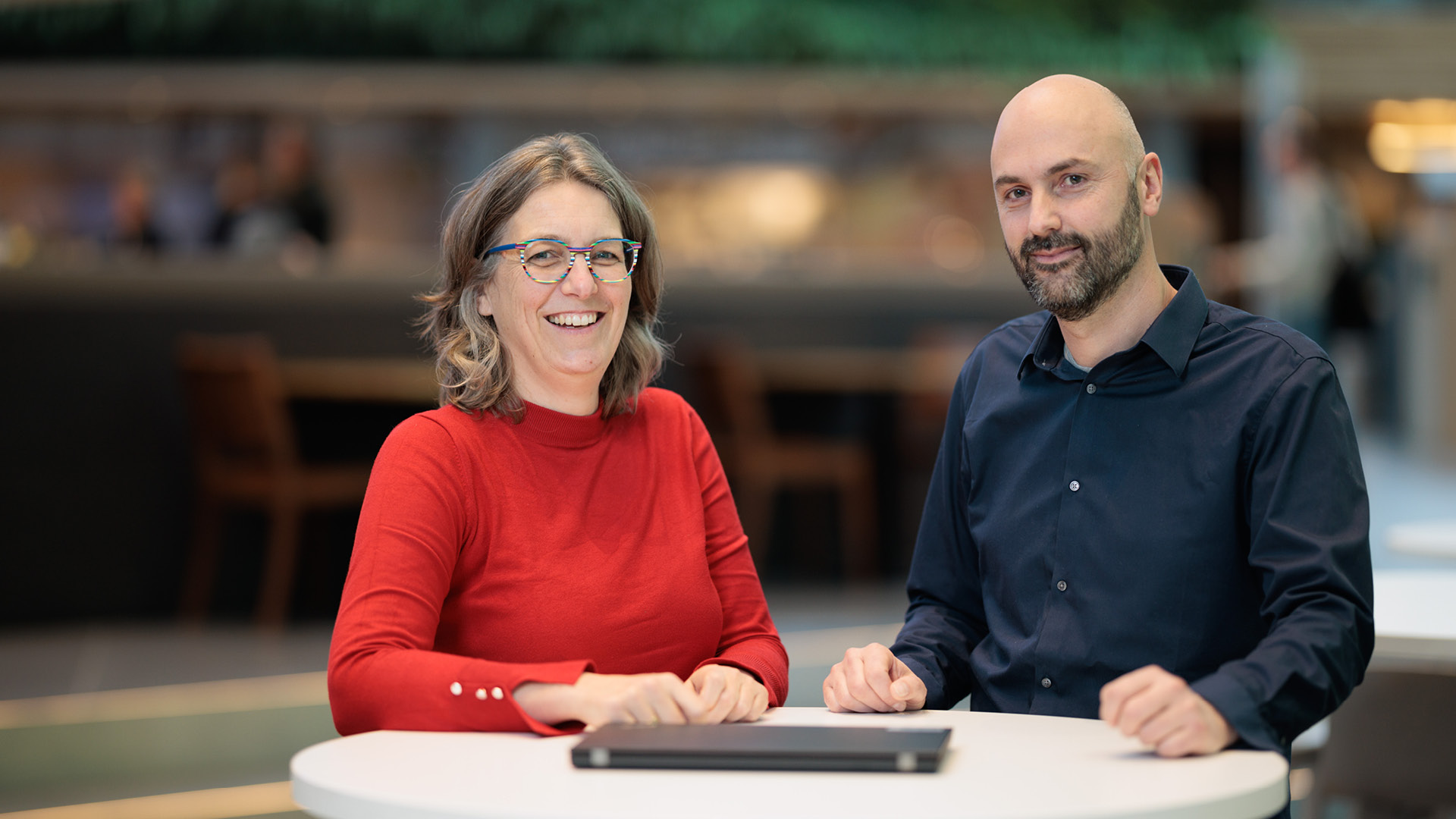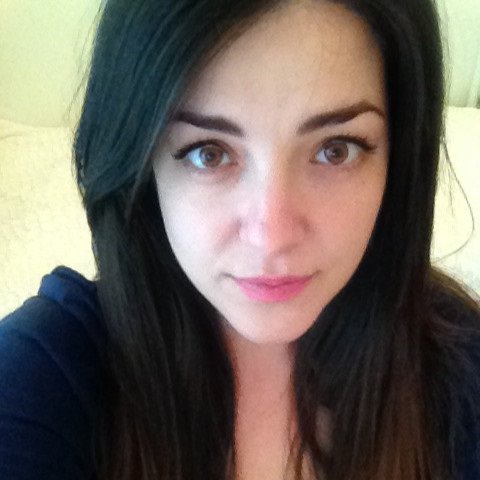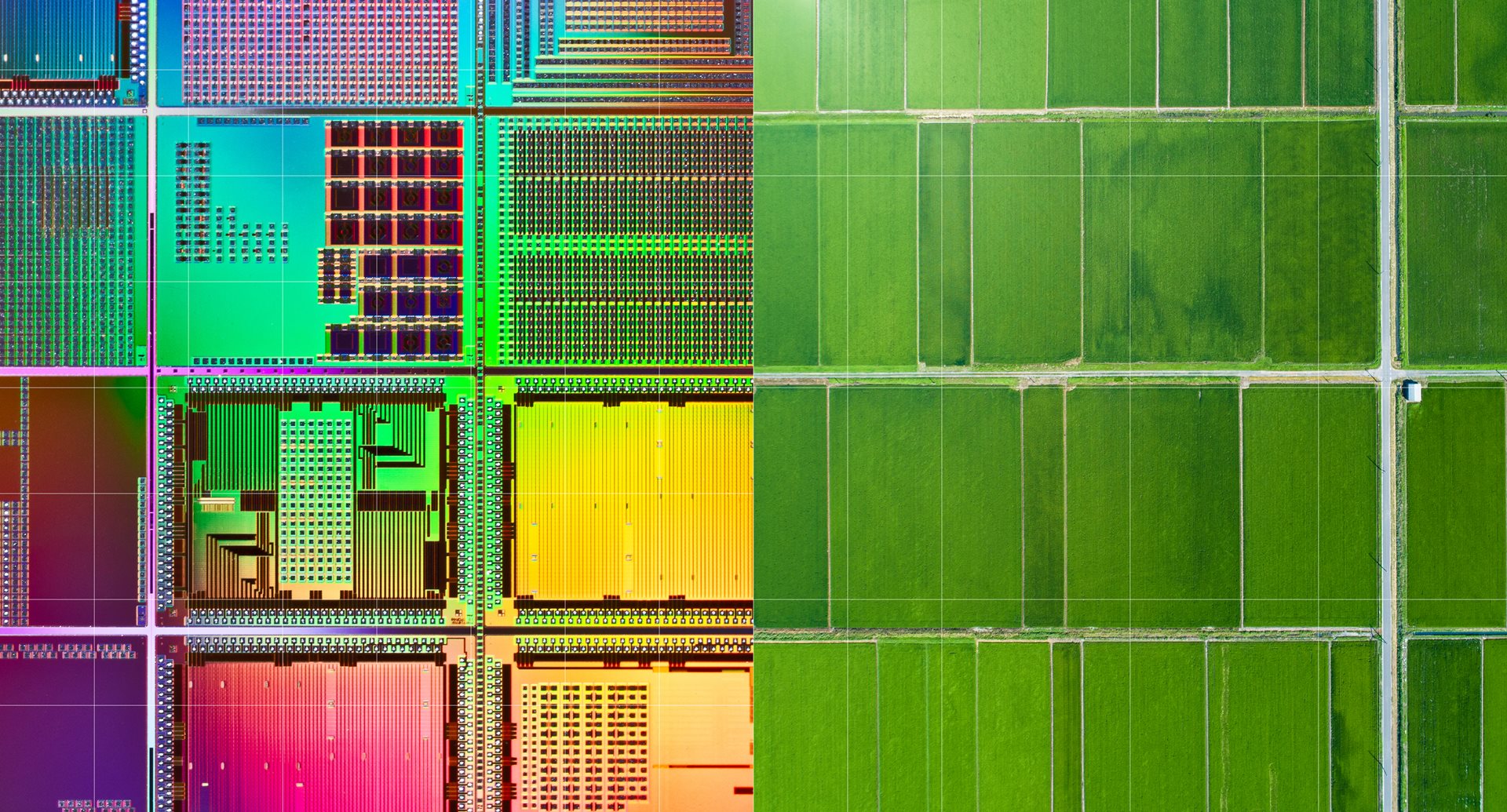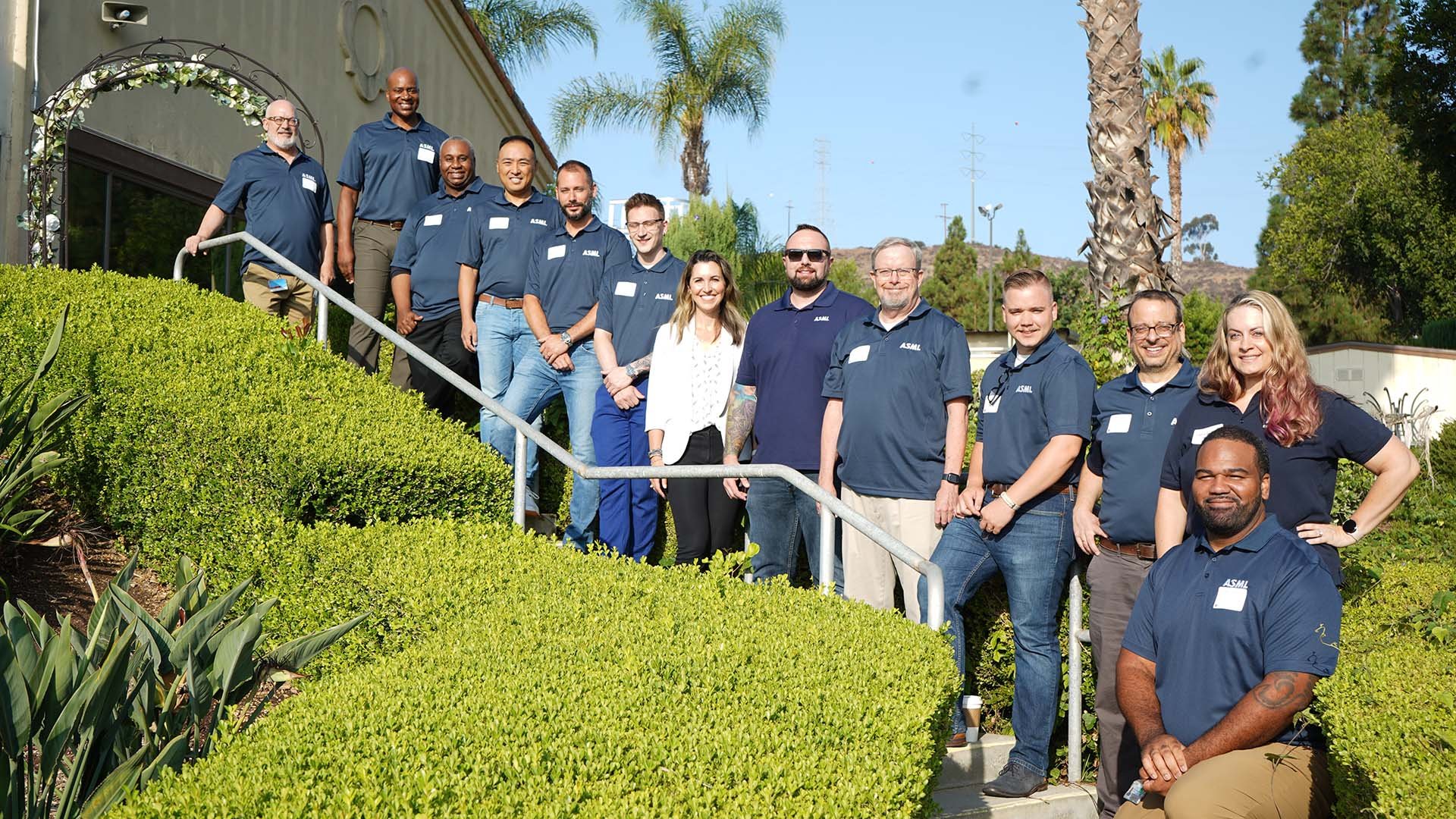4-minute read - by Kristiana Lalou, April 5, 2023
Mechanical development engineering is not only a cornerstone of modern tech, but also one of ASML’s most important core competencies. Engineers working in our mechanical development department are involved in the full life cycle of ASML’s products: feasibility studies, design, evaluation and maintenance.
From reliability engineering to assembly and all the steps in between, the field demands unique problem-solving abilities and bright minds to help its advancement. To get a better idea of what life at ASML looks like for engineers working in our mechanical development department, we enlisted six of them to share their experiences.
Working in mechanical development
ASML is growing rapidly, along with the need for unique engineering talent that will help us push the limits of technology further. “The speed of light isn’t fast enough to keep up with ASML,” says Jelm Franse, senior director in Mechanical Development (known as 'MDev’ within ASML).
Jelm’s statement illustrates how quickly ASML is growing, but also, the pressing demand of the semiconductor industry to boost production.
At ASML, our machines are extreme in terms of engineering. To achieve the level of precision that the semiconductor industry requires, our equipment has to become faster and more accurate all the time.
“A key part of mechanical development is to constantly achieve what we call ‘a first-time right’. This means that there is no room for error, and we try to understand the physics, the chemistry, the mechanical and the electrical parameters to the point where we know it so well that we get it right the first time,” Jelm notes.
Mechanical engineers at ASML are creative problem-solvers that see their most innovative ideas mature into real operational systems. They create systems that can cope with environments that don't exist anywhere else: high-speed robotics, liquid metals, high temperatures, flammable gases, vacuums, and high-power lasers.
“We’re the first and the last to work on the machine,” says Suze Verbruggen. “Once the machine is ready, and the different departments have done their part, we’re the ones who hit that ON switch to see if it actually works.”
Suze joined ASML after she completed her master's degree in applied physics, as she wanted to work on something that had more tangible results. She started as a manufacturing engineer and today she’s a group leader within MDev.
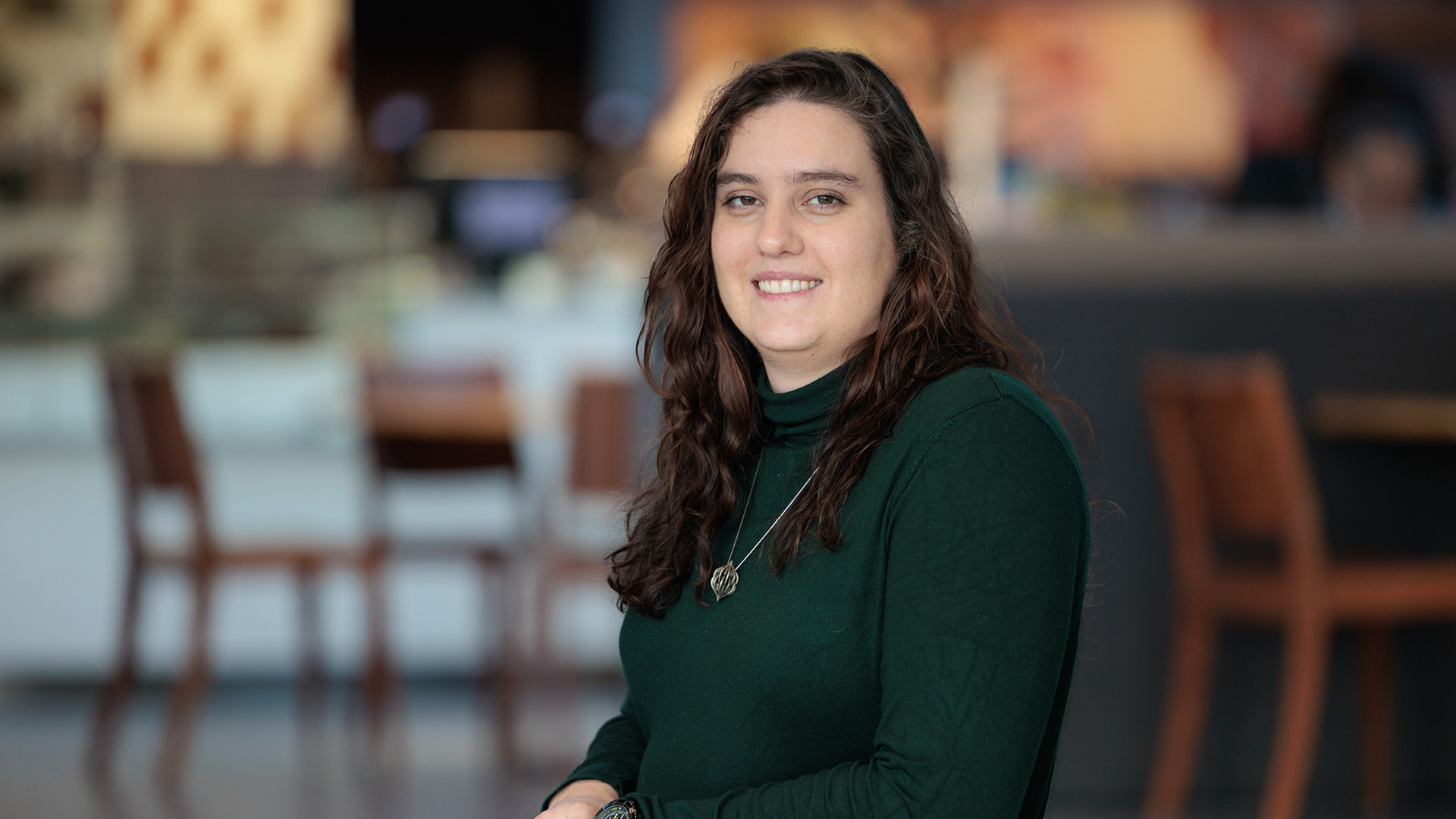
Connected to the machine
For Arno Harwig, MDev line manager, the best part about mechanical development is that it’s connected to “everything we do at ASML.” Arno joined 15 years ago and started in the factory, working with deep ultraviolet (DUV) machines and then on the earliest extreme ultraviolet (EUV) systems. Today he’s a group leader with over 30 people in his team.
“Some departments work only on specific parts of the machine, but we focus on the big picture and how to bring everything together to complete the product,” Arno details.
Mechanical development is also very hands on. “You can touch the machine and it will react depending on how you treat it,” explains Agnieszka Winands-Lipowicz, a system engineer for DUV, who started her ASML career in mechanical development.
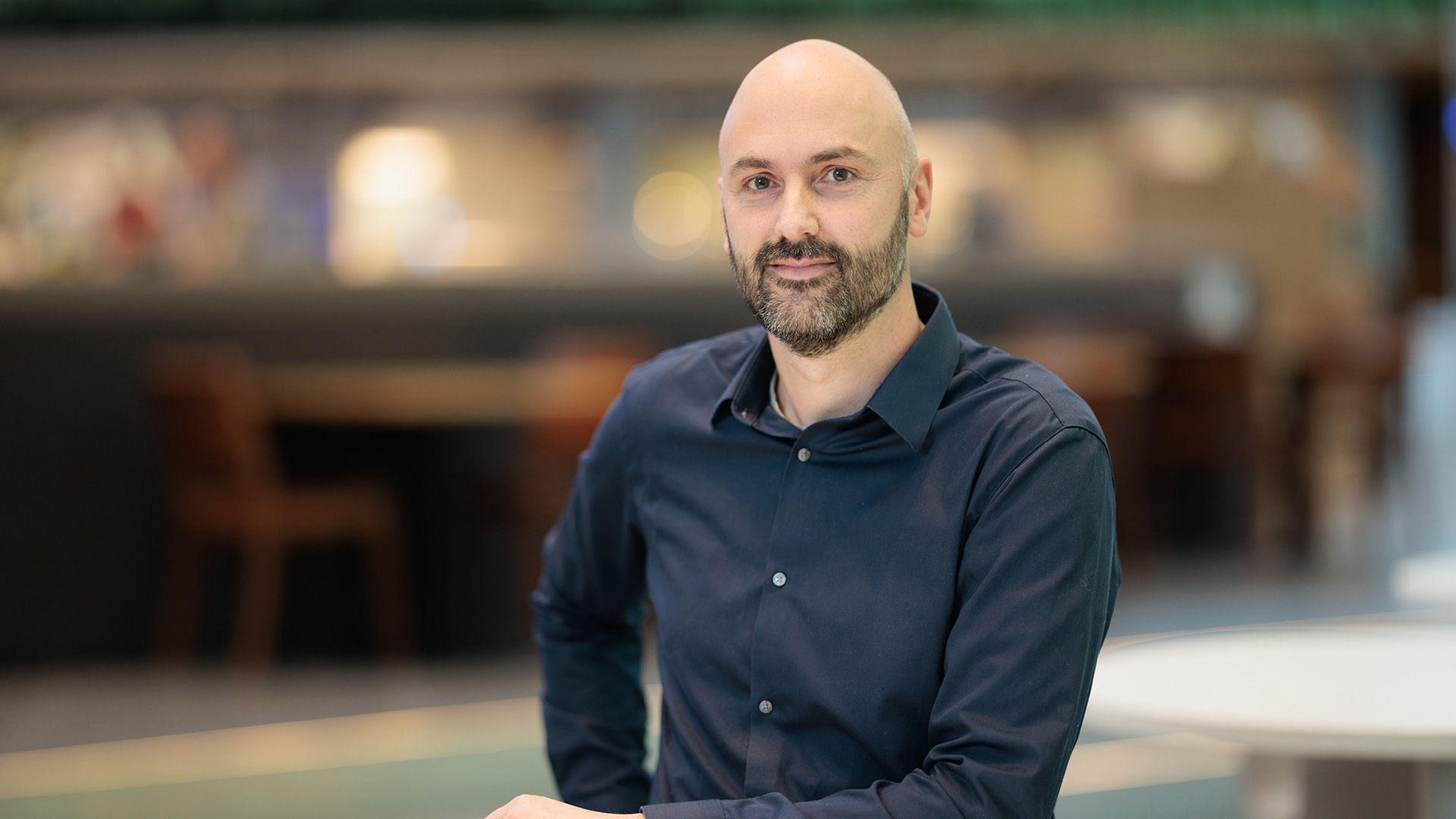
“I love going to the cleanroom and seeing how all the requirements that we set in place work on the real product. Hardware is the basis allowing the machine to work to its best ability,” Agnieszka notes.
Being part of progress
There is a lot of start-up innovation happening in the world with engineering applications in mobility, food and fashion. Frederique Boerlage, a senior manager in DUV system engineering, is inspired by this innovation. “It’s tempting to work for one of these startups,” she says.
“But then, I realize the enabling technology behind all these innovations comes from ASML. The sensors, the microchips, the calculating power – we enable their production. I’m right at the center of innovation and mechanical development is the basis.”
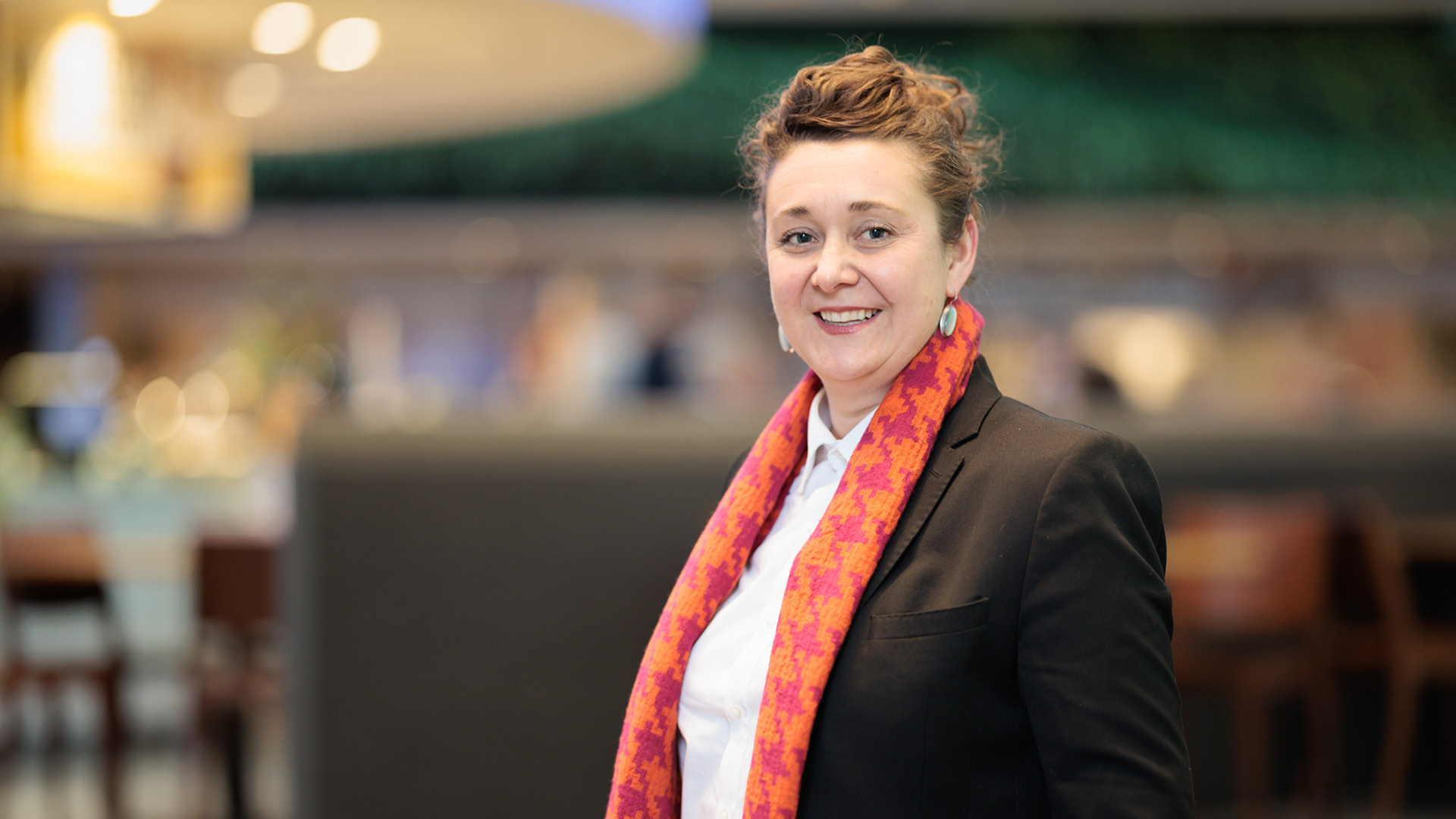
Frederique joined our mechanical development department in 2008 and made use of the opportunities that ASML offers for continuous growth. “ASML needs fresh perspectives. There’s so much we still don’t know because we’re using our materials and methodologies for the first time. There’s no blueprint for what we do.”
In other fields, you might be able to reference college textbooks or new research to find solutions. But at ASML there are so many new applications where the physics isn’t completely understood yet that you might really become a pioneer in your area of expertise.
“Many companies focus on risk avoidance,” adds Frederique. “They want to use proven technology and take no risks. At ASML, we love to take risks, try new things and build bridges. This environment always keeps you inspired.”
Learning and development
“Mechanical development can be the starting point for a beautiful career,” according to Tinka Jacobs, a product manager in data management and former system engineer with years of experience in MDev.
Career development and knowledge sharing are at the core of what we do at ASML, and this is also the case within mechanical development.
Tinka explains that there’s always a colleague willing to support you with challenging tasks by sharing their knowledge and experience. “There is a lot of guidance from others to help new colleagues overcome the steep learning curve.”
“You’re supported in developing your skills and expanding your knowledge. There are trainings, coaching programs and learning resources available for all,” Suze adds.
In addition, employees can speak openly about how they want their careers to progress. “Every time I saw an interesting career opportunity or wanted to work on a specific product, I was encouraged to act on it. It's about asking for the things that you want,” Agnieszka supports.
If you’re interested in mechanical development engineering and want to join a dynamic group of professionals and creative problem solvers, check out jobs in mechanical engineering.

